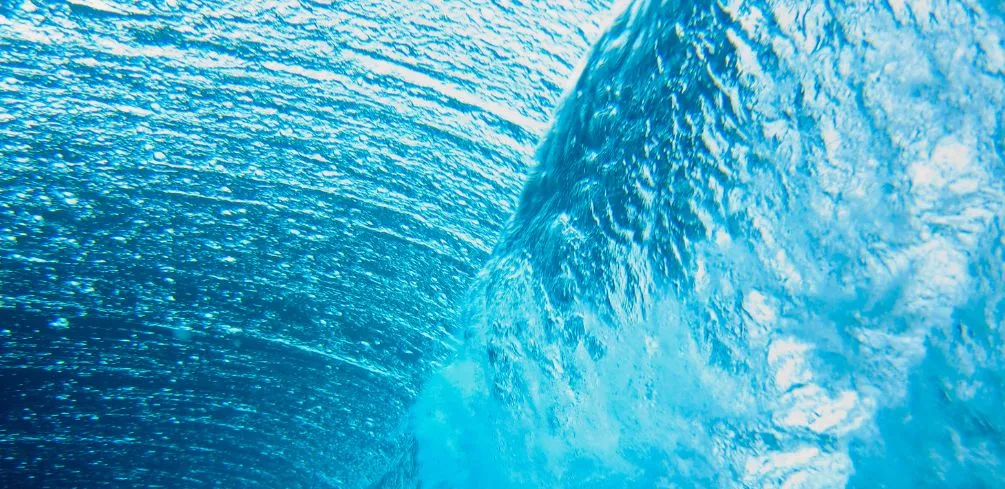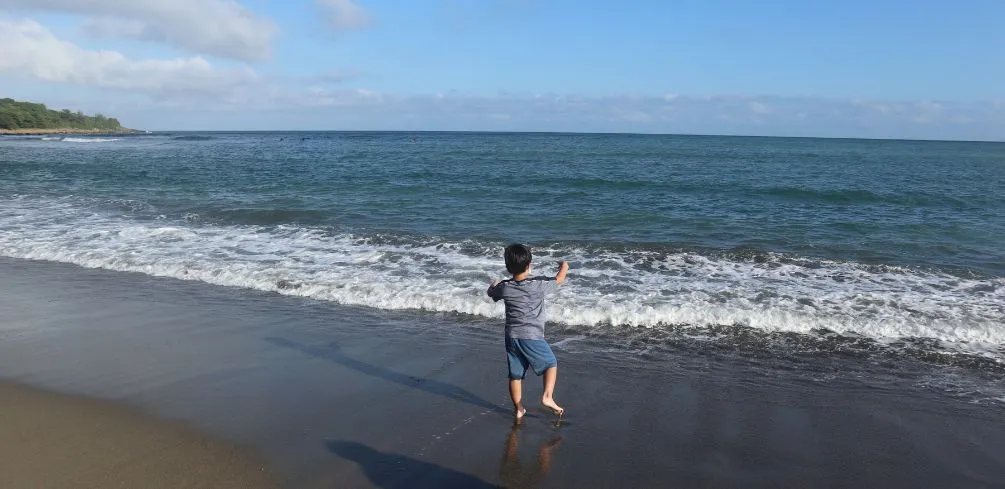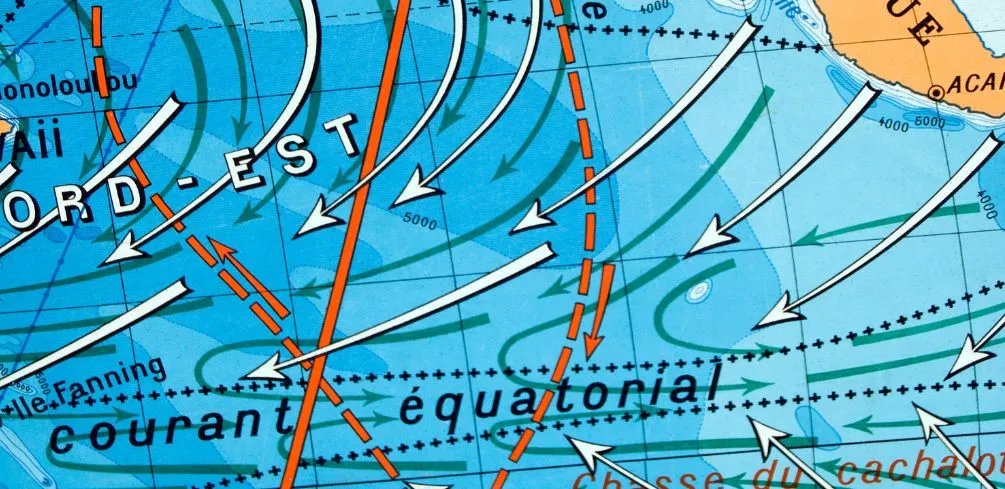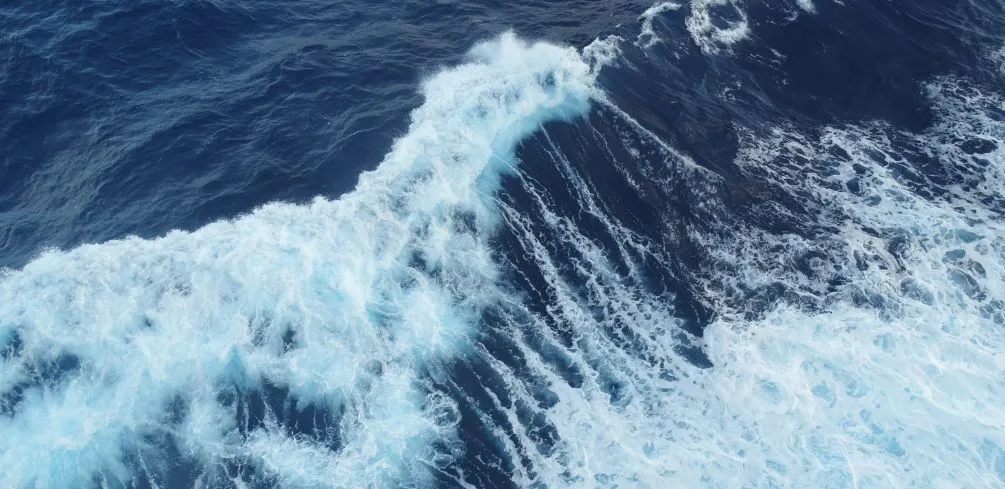Have you ever wondered how the oceans affect climate? From the mighty Gulf Stream to the Kuroshio Current, ocean currents play a major role in determining our planet’s climate. In this article, we’ll explore how these mighty currents work and why they’re so crucial for all of us.
What makes ocean currents so special is that they can bring warm or cold water from one area to another. This means that even if two places are located close to each other geographically, their climates can be very different due to the influence of these currents.
For example, the Gulf Stream brings warm water from the Caribbean to Europe, making it much warmer than it would be otherwise.
The effects of ocean currents on climate are vast and far-reaching. They impact temperatures around the world, as well as weather patterns and precipitation levels.
To understand just how influential these currents are, let’s take a look at how they work and what factors affect them. We’ll also examine how human activities have changed ocean circulation patterns over time and what this means for the future of our planet’s climate.
Definition Of Ocean Currents
Have you ever wondered how the oceans affect our climate? It’s all thanks to ocean currents, which are large streams of water that circulate around the globe.
These currents have a significant impact on global weather patterns and climate, so it’s important to understand what they are, their different types, and how they move.
Did you know that more than half of Earth’s surface is covered by oceans? This means that ocean currents play a major role in global climate. In fact, ocean currents transport more than one billion cubic meters of water per second – that’s enough to fill over 8 million Olympic-sized swimming pools!
There are two main types of ocean currents: surface currents and deep-water currents. Surface currents are driven by wind and create the large circular patterns you may have seen on maps. They can be warm or cold, depending on where they originate from, and their temperatures influence the climates of nearby land masses.
Deep-water currents form at great depths as part of a global “conveyor belt” system. They move in a continuous loop around the world and bring cold nutrient-rich waters to the surface creating areas rich with marine life.
Understanding ocean currents is critical for understanding climate change and predicting extreme weather events like hurricanes or floods. The movement of these massive bodies of water affects temperatures across our entire planet – so if we want to protect ourselves from extreme weather changes, we must first understand the power of ocean circulation patterns!
Factors Affecting Ocean Currents
When it comes to ocean currents, there are a few factors that can influence them. Temperature is one of the most important factors, as it affects how dense the water is. Warmer temperatures make water less dense and therefore less likely to flow.
Salinity levels also play an important role in determining ocean currents. High salinity makes the water denser and more likely to move in certain directions. Wind patterns are also key determinants of ocean currents, as the wind can push surface waters in different directions.
Pressure systems also affect the movement of ocean currents, as different pressure systems can cause upwelling or downwelling of waters depending on their direction. Lastly, depth variations can have an effect on ocean current movements, with deeper waters tending to move more slowly than shallower ones due to their greater weight.
All these factors together shape the movement of ocean currents and ultimately determine climate patterns in certain regions around the world.
Effects On Local Climate
Ah, the power of ocean currents! It’s like they are controlling our lives and shaping our environment – determining what temperature it is outside and what kind of weather we can expect! But how exactly do ocean currents determine climate?
Let’s take a look:
- Ocean current effects can influence regional temperatures and local weather patterns.
- Coastal climates are particularly sensitive to ocean current effects due to their proximity to the sea.
- Local climate change is caused by these ocean current effects, as they can cause higher or lower temperatures in certain areas.
So, there you have it. Ocean currents can play a huge role in determining climate, from regional temperatures to coastal climates. Get ready for some wild weather when those currents start shifting!
Global Impact Of Ocean Currents
Having explored the effects on local climate from ocean currents, let’s now examine how these currents can impact the global climate. Ocean currents are the major driving force behind global climate patterns and play a crucial role in determining future climate forecasts.
The global circulation of ocean currents influences both regional and global temperatures, as well as precipitation levels and storm activity.
| Global Ocean Currents | Ocean Current Effects | Ocean Current Predictions |
|---|---|---|
| Gulf Stream | Warmer climates | Long-term warming |
| Antarctic Circumpolar | Colder climates | Cooling over next century |
| Arctic Oscillation | Shifts in temperature | More extreme weather |
| North Atlantic Drift | Changes to weather | Increased sea level rise |
| Kuroshio Current | Alters air pressure | More frequent El Ninos |
The Gulf Stream, for example, is an important North Atlantic current that flows from Florida up toward Europe and carries warm water with it. This results in warmer climates for countries such as Norway and Ireland than would otherwise be expected at their latitude.
On the other hand, the Antarctic Circumpolar Current is a powerful cold current that circles Antarctica and affects air temperatures around the world. This can lead to colder climates in areas where the current passes through.
The Arctic Oscillation is another important global oceanic current that causes shifts in temperature between polar regions and mid-latitudes over time periods ranging from weeks to years. It has been linked to changes in weather across Europe, Asia, and North America.
There is also evidence that suggests it contributes to increased sea level rise along with more frequent El Niño events due to its influence on air pressure systems throughout the Pacific region.
In short, ocean currents have a direct influence on our planet’s climate patterns by transporting warm or cold water around the globe – affecting temperature, precipitation levels, and storm activity along their path. Understanding these effects will help us make better predictions about our planet’s future climate.
Predicting Future Climate Change
It’s estimated that the ocean covers 70 percent of our planet and controls over 96 percent of Earth’s water supply. So it makes sense that ocean currents have a major influence on climate change. But how can we predict future climate change if we don’t know what the future holds for ocean currents?
To answer this question, scientists use climate models to make predictions about future climate patterns. These models are based on data from past climates, as well as current conditions like sea surface temperatures, atmospheric pressure, and wind speed.
By studying these factors, researchers can create simulations of local and global climate changes due to rising temperatures and changing ocean currents.
These predictions are essential for helping us understand how our planet will respond to changing environmental conditions in the future. Understanding how ocean currents shape local climate also gives us insights into how global climate change might affect us in different ways around the world.
Armed with this knowledge, we’ll be able to make more informed decisions about our actions today that could help protect us from the potential adverse effects of future climate change.
Frequently Asked Questions
What Is The Most Powerful Ocean Current?
When it comes to the most powerful, strongest, largest, fastest and longest ocean current, it’s hard to top the Gulf Stream. This warm water current is located in the North Atlantic Ocean and is responsible for moving huge amounts of heat from the tropics toward Europe.
It’s one of the most important ocean currents in terms of global climate regulation because it acts as a natural thermostat, keeping Europe several degrees warmer than other continents at similar latitudes.
The Gulf Stream has been studied by scientists for centuries, and its unique characteristics have been noted by everyone from Christopher Columbus to Benjamin Franklin. Its immense size and power are due to various factors, such as its high velocity and long path length across the Atlantic Ocean.
The combination of these two factors makes it one of the world’s largest currents. In addition to being fast and long, the Gulf Stream is incredibly strong; its waters can reach speeds up to five times faster than any other ocean current on Earth.
The Gulf Stream isn’t just powerful in terms of speed or length; it also has a major impact on global climate patterns that can be felt all around the world. For example, its waters carry warm air masses across northern Europe which helps keep temperatures milder than they would be without it.
Additionally, this current influences storm systems off North America’s east coast which can cause severe weather events such as hurricanes in certain parts of the world.
In short, it’s easy to see why so many consider the Gulf Stream to be one of Mother Nature’s mightiest forces – with far-reaching effects that are still being studied today.
How Do Ocean Currents Interact With El Niño And La Niña?
Have you ever heard of El Niño and La Niña? They sound like characters from a fairytale, but they actually have a huge role to play in how ocean currents interact with our climate! In this article, we’ll look at the impact of these two powerful forces on our atmosphere and how they influence climate around the world.
El Niño and La Niña are two phases of an oscillation in the Pacific Ocean that can significantly influence global weather patterns. El Niño is characterized by warmer waters in the eastern Pacific, while La Niña is characterized by cooler waters. This oscillation can cause extreme droughts or floods in various parts of the world as it changes from one phase to another.
These ocean interaction effects can have wide-ranging impacts on our atmosphere and climate. For instance, during an El Niño event, areas near the equator may experience warmer temperatures than normal, while areas further away may experience cooler temperatures than normal.
Similarly, during a La Niña event, areas near the equator may experience cooler temperatures than usual, while areas further away may experience warmer temperatures than usual. These events can also affect air pressure and wind patterns around the globe, which can, in turn, influence precipitation rates and other aspects of our climate.
It’s clear that El Niño and La Niña play an important role in determining global climate patterns – from extreme weather events to long-term trends. Although these two phenomena are not always predictable, understanding their interactions with ocean currents is essential for predicting future climate change impacts and preparing for potential environmental disasters.
How Long Does It Take Ocean Currents To Move Around The World?
The question of how long it takes ocean currents to move around the world is an interesting one. Ocean currents are vital for regulating global climate, and their journey around the world can take some time. Understanding the length of this journey can help us understand how these global forces interact with each other.
Ocean current travel is determined by several factors, including wind and pressure patterns, water salinity, temperature, and topography. The most influential factor is likely to be Earth’s rotation on its axis: due to the Coriolis effect, ocean currents tend to follow a circular pattern as they circumnavigate the globe. Depending on the current in question, this journey could take anywhere from a few months to even a decade or more.
The longest-traveling ocean current is the Antarctic Circumpolar Current, which encircles Antarctica and takes roughly five years to complete one lap around the continent. This current carries cold waters from Antarctica all over the world’s oceans and plays a vital role in regulating global temperatures by transferring heat from one region to another.
All of this makes it clear that understanding how long it takes for different ocean currents to move around the world can help us better understand how they affect climate worldwide.
How Do Ocean Currents Affect Fishing And Other Marine Activities?
You’ve probably heard about how ocean currents are responsible for the climate in different parts of the world, but did you know that they also affect fishing and other marine activities? It’s true! Ocean currents have a huge impact on these activities, as they can cause changes in ocean temperature and even climate change.
Let’s take a closer look at how ocean currents affect various fisheries and marine activities. To begin with, they play an essential role in bringing nutrients to the surface that fish need to survive. This is because they bring cold water up from deep within the ocean, which contains essential nutrients like plankton and other small organisms that many fish feed on.
In addition, certain species of fish prefer warmer or cooler waters depending on their habitat needs, so changes in ocean temperature caused by currents can affect where certain species will thrive or struggle to survive.
Finally, it’s important to note that ocean currents can also influence climate change in many areas of the world. For example, warm currents can cause temperatures to rise more quickly than normal during particular seasons or years due to their heat-trapping properties.
On the other hand, cold currents can help keep temperatures down by transporting cooler waters from deeper depths up to the surface. This means that if we want to keep our oceans healthy and ensure sustainable fishing practices for generations to come, we need to take action now to protect our oceans from any negative effects of climate change caused by ocean currents.
Our understanding of ocean currents is crucial if we’re going to be able to protect our fisheries and marine activities for future generations. By studying these complex systems and understanding how they affect climate change as well as fishing practices, we’ll be better equipped with the knowledge necessary to make sure our oceans remain healthy and productive for years to come.
How Can Humans Help To Protect Ocean Currents?
When it comes to ocean currents, humans can play an important role in their protection. We know that currents have a significant impact on our environment, and the human touch can often be seen as a negative factor in our efforts to protect them.
However, there are some steps we can take to help preserve ocean currents and prevent further damage from climate change effects.
One way to help protect ocean currents is by increasing marine conservation efforts. This includes reducing our carbon footprint, which has been linked to changes in current patterns due to rising sea levels and warming oceans.
Plus, preventing coastal erosion through activities such as beach nourishment can also help maintain the integrity of ocean currents. This can be done through projects that build up sand dunes or breakwaters close to shorelines.
Finally, we should recognize the importance of educating ourselves and others about the impact of human activities on ocean currents. By being aware of how our actions affect these important bodies of water, we can better protect them and ensure they remain healthy for future generations.
Through taking small steps like reducing plastic consumption or participating in beach cleanups, each individual can make a difference when it comes to protecting ocean currents.
These efforts may seem small at first glance, but they are all part of a much greater effort that needs everyone’s help if we want to continue enjoying the many benefits that current patterns provide us with. Whether it’s improving fishing yields or providing coastal protection from storms, understanding our impact on ocean currents is key to preserving them for years to come.
Conclusion
The role of ocean currents in climate is undeniable. As the most powerful forces of nature, they have a huge impact on weather patterns and global temperatures. From El Niño and La Niña to fishing and marine activities, ocean currents have an effect on our lives that we cannot ignore.
One example that shows just how far-reaching their influence can be is the case of the Gulf Stream current. The warm waters of this current help to keep Europe’s climate milder than it would otherwise be; without it, many parts of Europe could experience much colder winters.
It’s up to us as individuals to ensure that ocean currents remain healthy and active for generations to come. We can do this by reducing pollution, limiting overfishing, and taking action against climate change. By doing our part to protect these vital currents, we are doing our part in protecting our planet for future generations.






